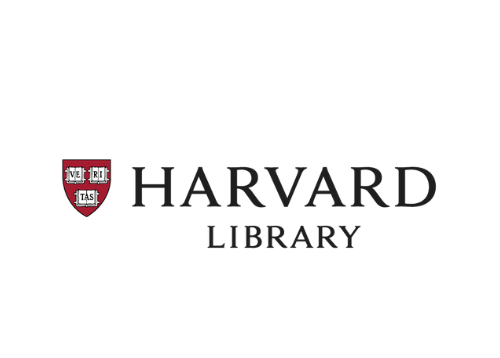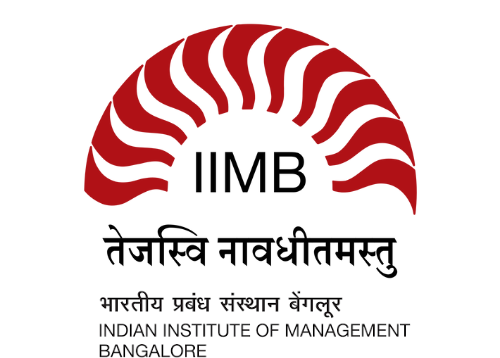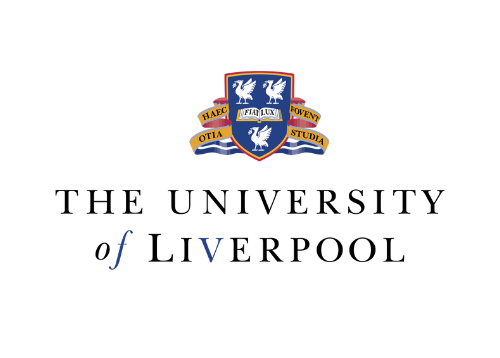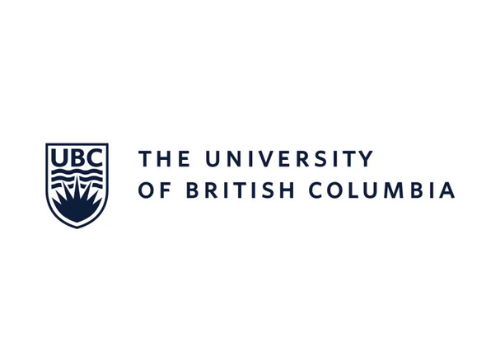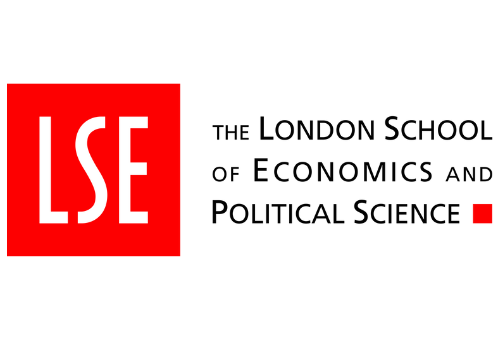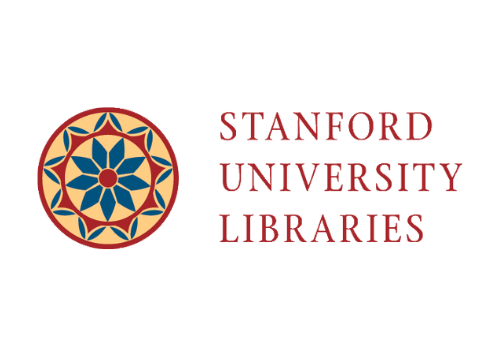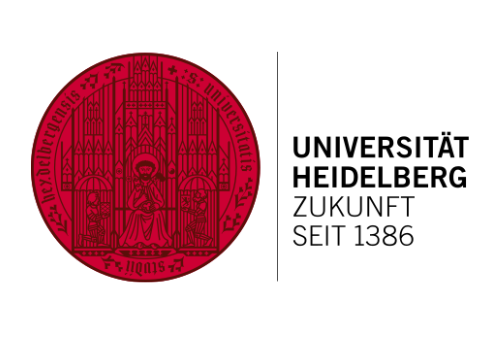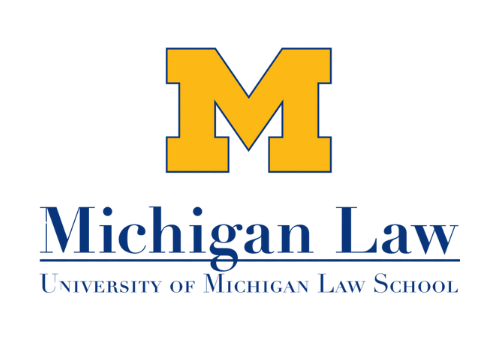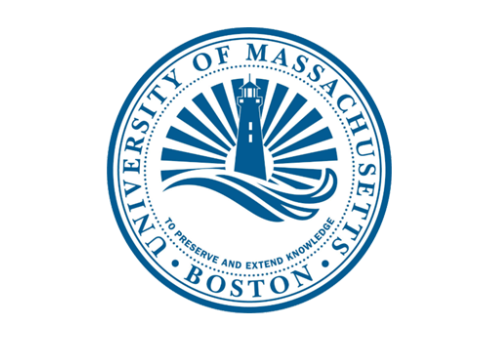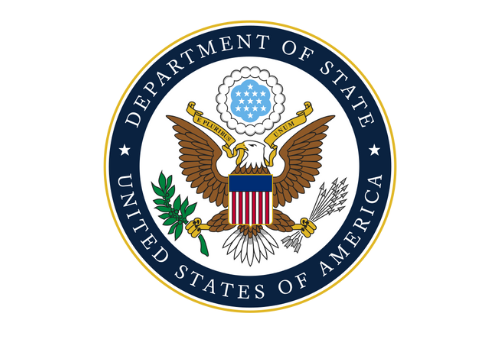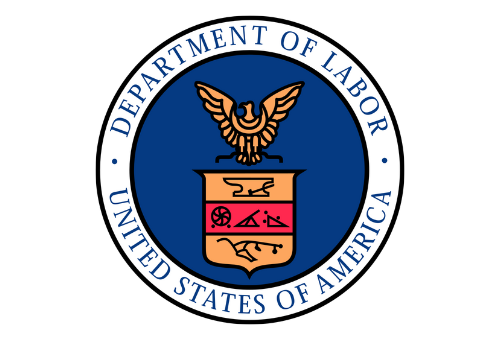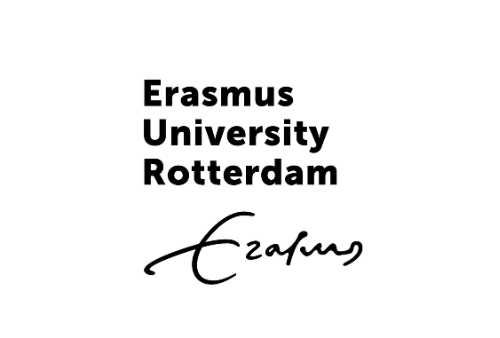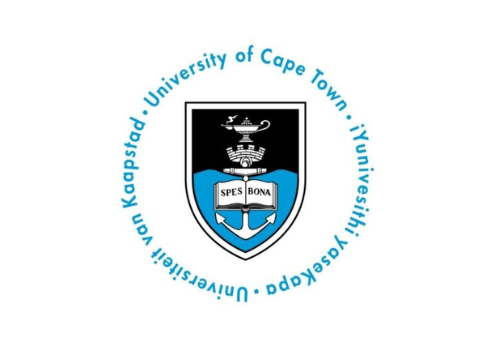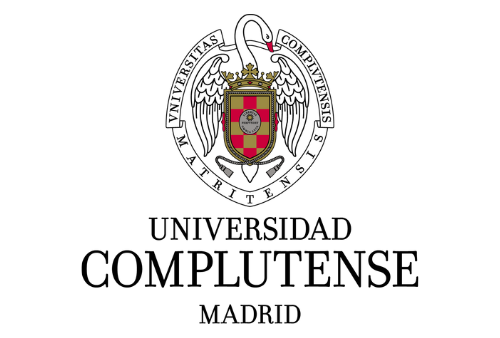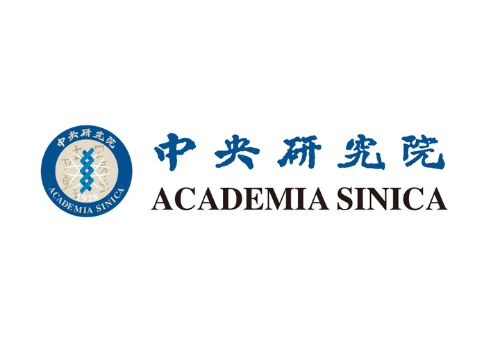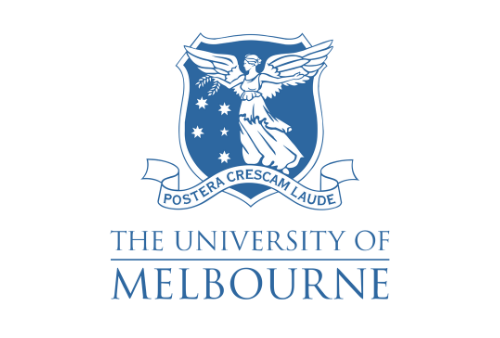INFRINGEMENT OF COPYRIGHT IN INDIA: A CRITICAL STUDY OF THE DOCTRINE OF FAIR USE AND IMPERATIVE NEED FOR REFORM
Prakash Kumar, LLM Student, (National Law Institute University, Bhopal).
Kumari Diksha Chandra,LLM Student, (Chanakya National Law University, Patna).
ABSTRACT
The creativity done by human intelligence in producing the incorporeal and intangible property can be called as an intellectual property. Copyright is one amongst the various other Intellectual Property rights where the copyright law provide the owner an exclusive right to reproduce or providing authority to others to reproduce the work in material form to the public so that owner/author can get reward for their work. The aim of every intellectual property is to contribute in the existing sea of knowledge side by side providing reward to the original author or the owner.
Apart from the ownership of the copyright the copyright Act provides certain kind of exception where the permission of the owner is not required while using the copyright protected work i.e. fair dealing. However the balance should be maintain between the right of the owner and the fair dealing. Copyright Act, 1957 gives only inclusive exception and not any concrete definition, the judiciary also have limited scope in India in comparison of fair use as in USA.
It is need of the hour to incorporate certain reform in the existing provisions so that a balance can be maintained between the rights of the owner and the general public so that it would not work as a barrier in the further research. The paper begins by highlighting the concept of property followed by the meaning and nature of intellectual property and then it moves on to demonstrate how fair use is essential in enriching the general domain of knowledge. Researchers have mainly gone through doctrinal way of research while writing this paper and came to the conclusion that Indian courts have yet to decide various nuances involved in the doctrine of fair use such as role, purpose, meaning, and application. Some of the drawbacks include limited accessibility and confined provisions, which create doubt and confusion about the scope and applicability of exclusions and protection.


